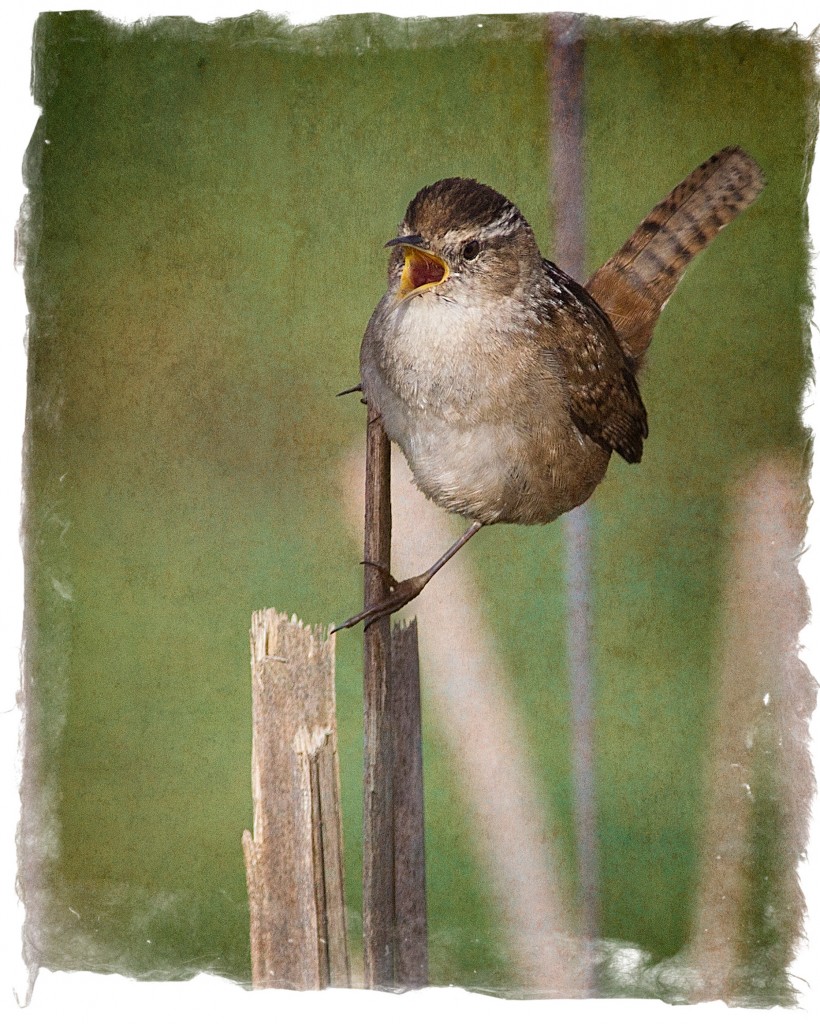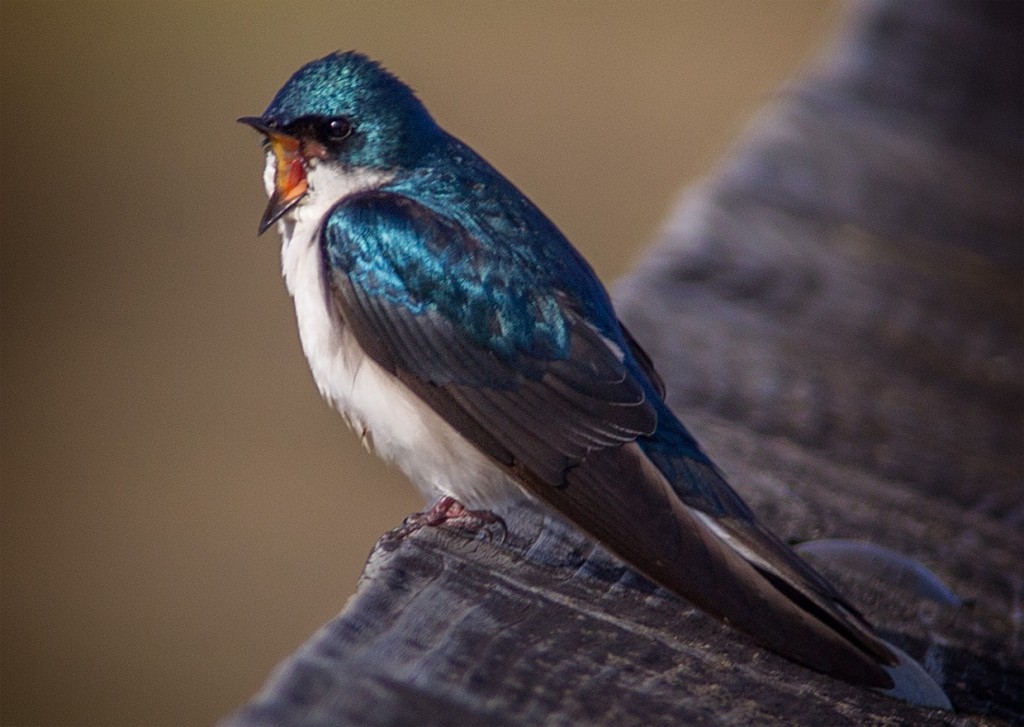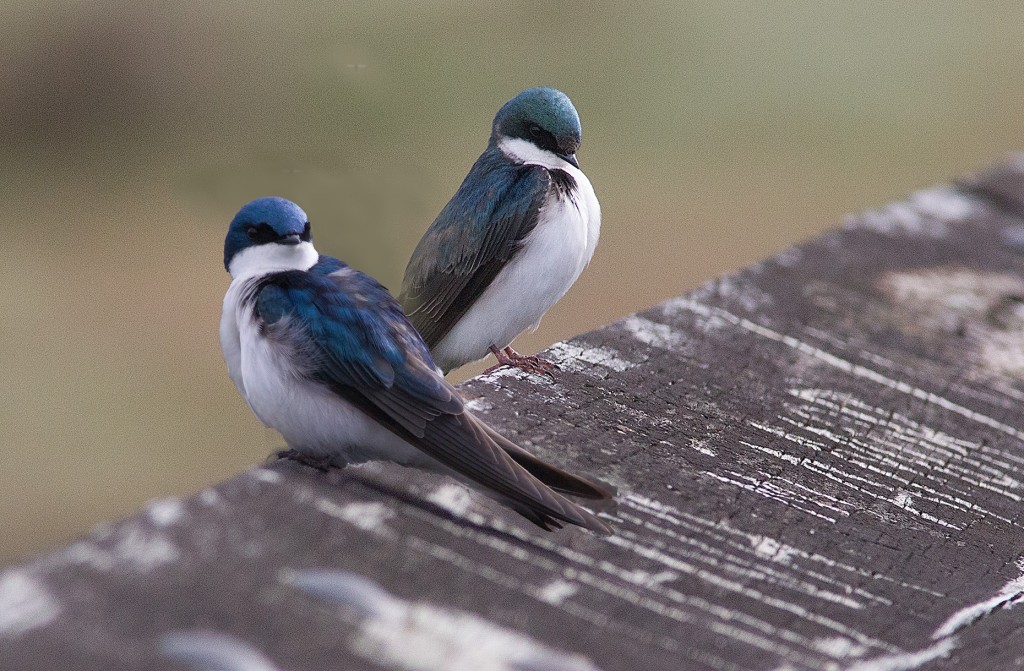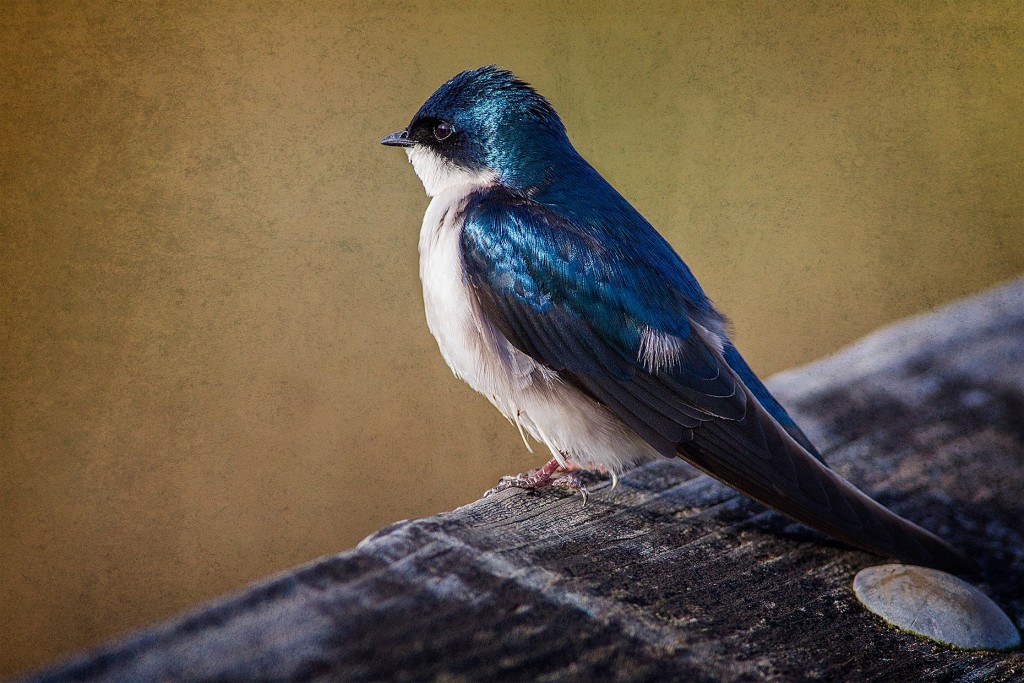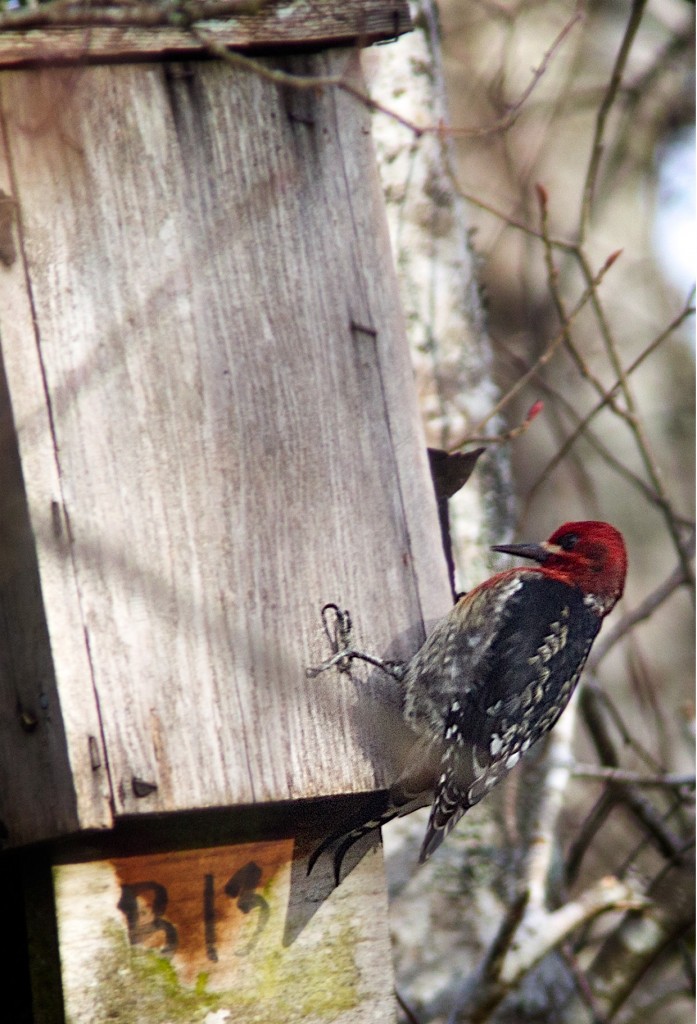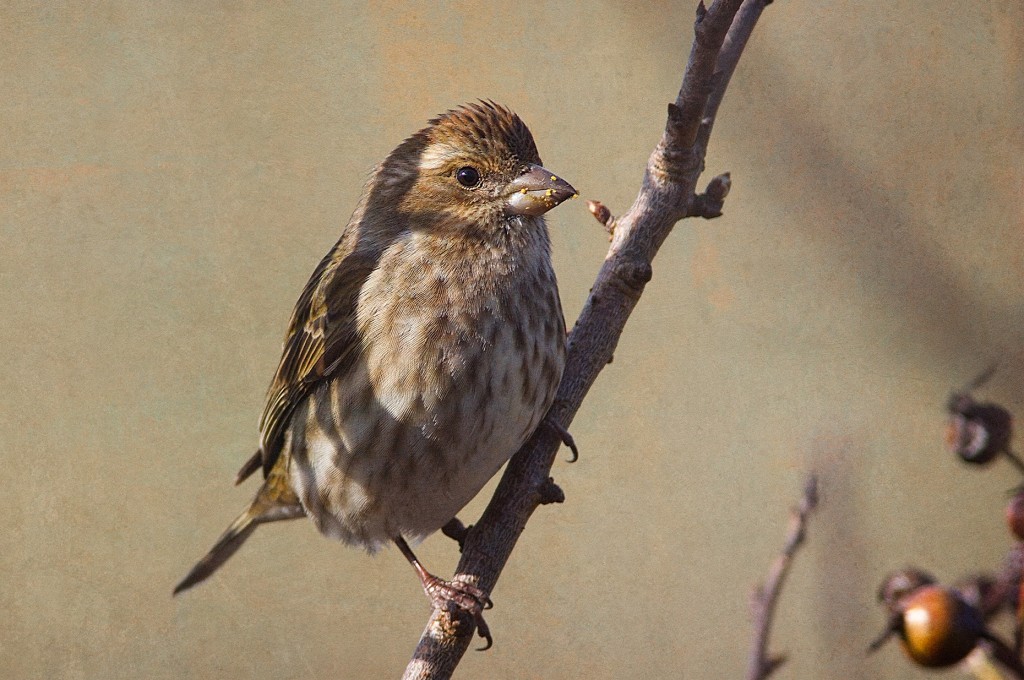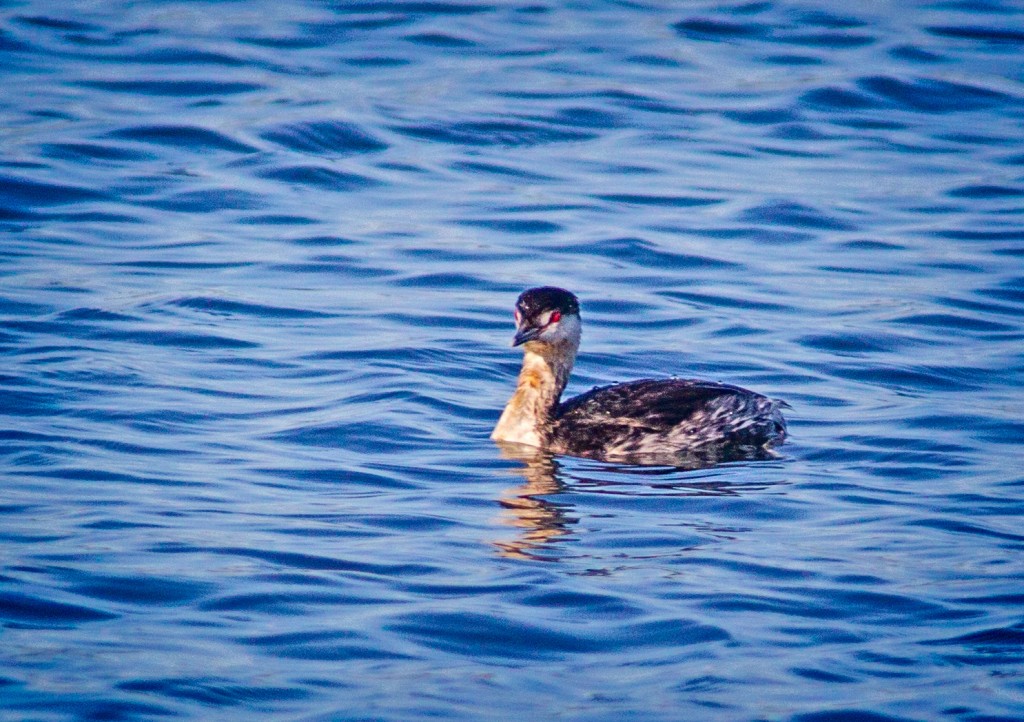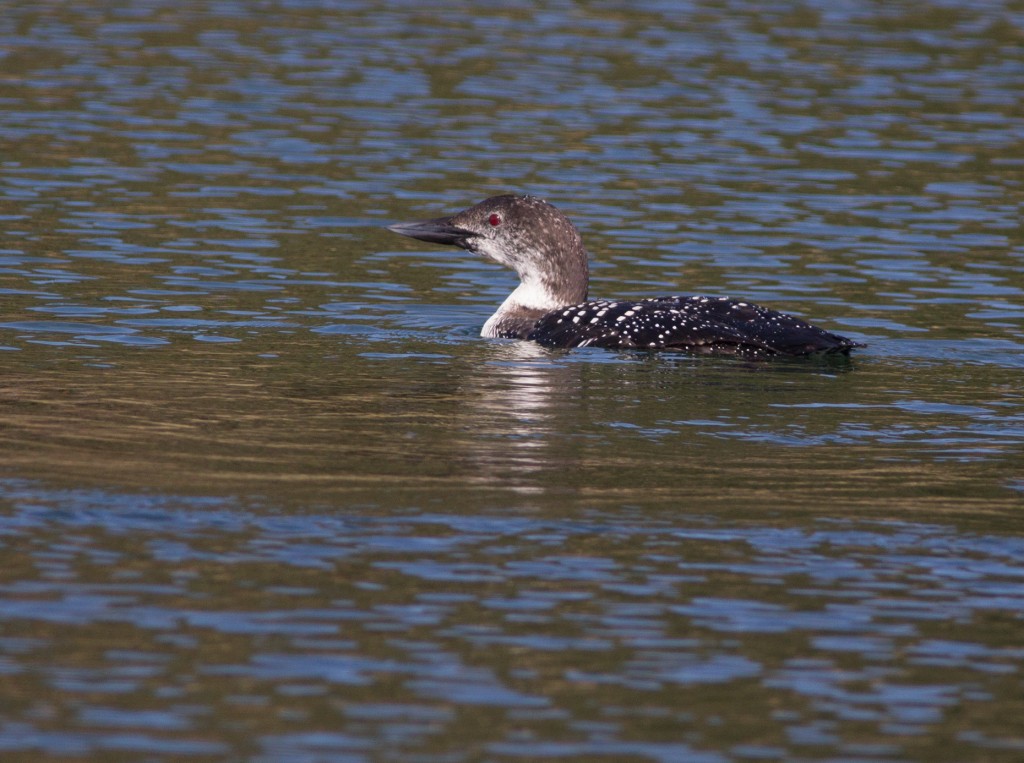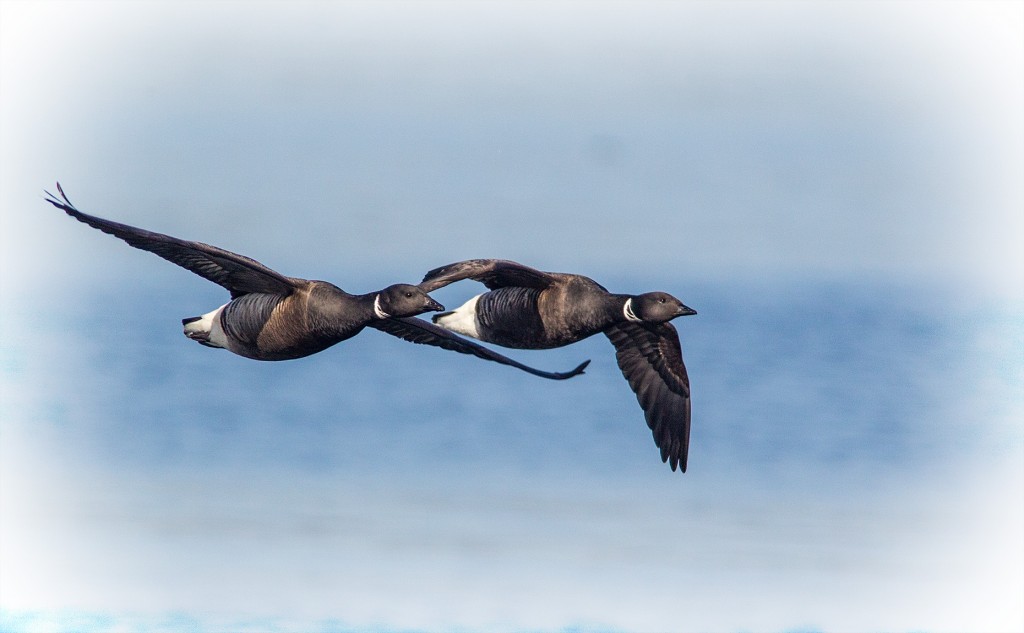If you’re a bird photographer, Spring must be the best time of year because so many birds are desperately trying to call attention to themselves, none more-so than the small Marsh Wren. Although you might not always get this close-up of a shot, it’s easy to get a clear shot of them because they hang on the top of reeds loudly proclaiming their desirability.
This is a “classic” Marsh Wren pose,
and I’ve got an awful lot of them over the years. These were taken a little over two weeks ago.
When I returned a little later to Theler I immediately noticed that most of the reeds where I got my first shots had fallen over. In fact, there were so few reeds left standing that I didn’t expect to see the Wren at all. I was wrong; although the wren (or wrens) weren’t singing, one was frantically building new nests.
In fact, it was so busy dashing about that most of the time I found it nearly impossible to keep it in frame.
The last time I visited, though, the wrens were neither singing loudly nor frantically building a nest. There was an awful lot of tail flashing, though,
particularly when another wren would fly by. I don’t read Wren well enough to know whether the bird was trying to get its mate’s attention or whether it was warning other wrens to stay away from it’s much smaller kingdom.

